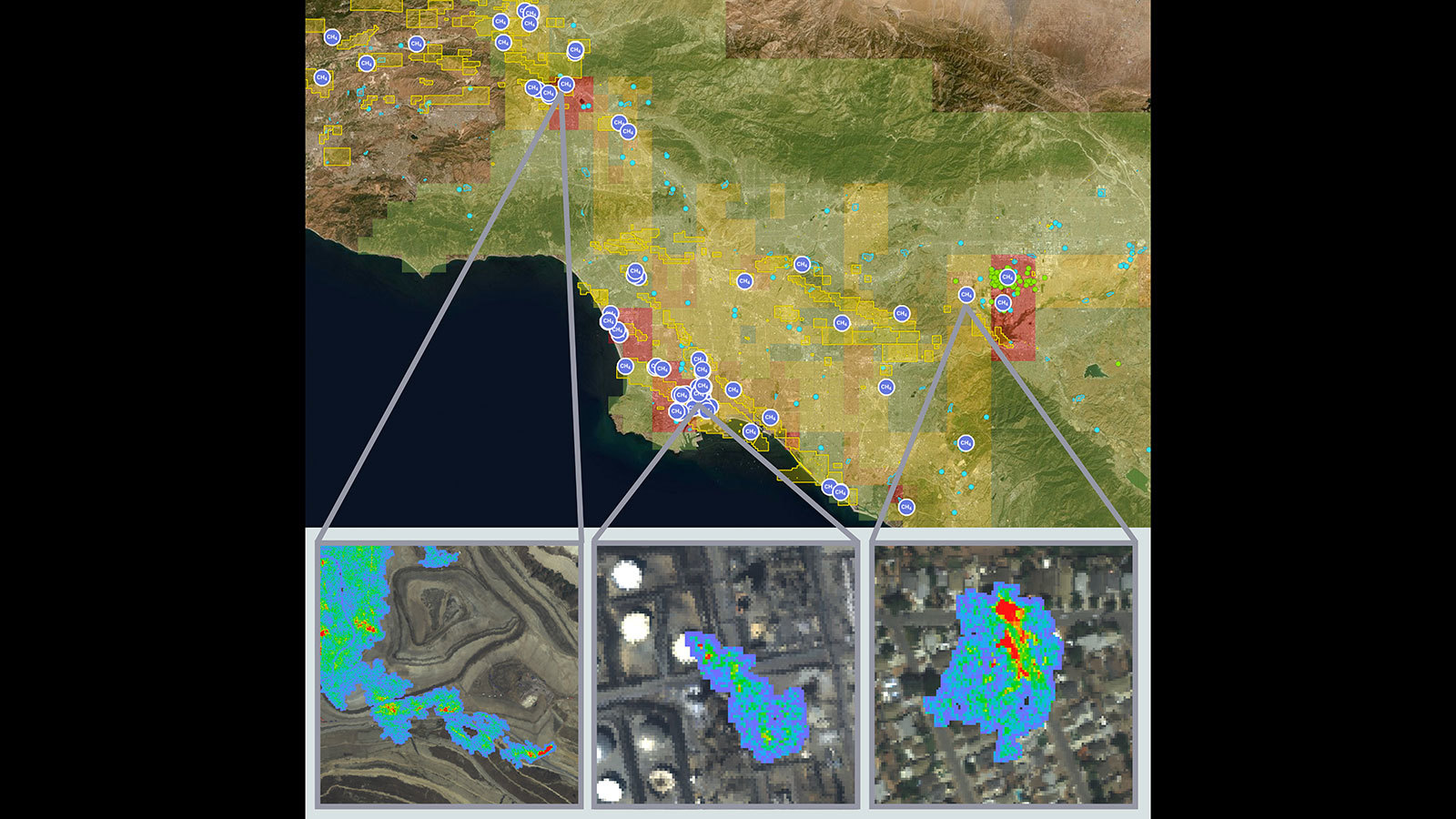
Air pollution refers to any substances in the atmosphere that has the potential to harm people or the environment. The California Air Resource Board tries to decrease the following factors:
- Smog-forming emissions
- Air toxics
- Particulate matter
- Climate changing gases
Smog is the most prevalent kind of air pollution which affects our intake of oxygen and problems with the underlying health.
Air toxics are contaminants that have been defined as having substantial long-term health consequences or as having the potential to cause early deaths.
Particulate Matter (PM) is the complex mixture of microscopic solid particles & liquid droplets that can be found in the atmosphere. Due to their ability to penetrate far into the body, even the smallest of them pose a serious hazard to public health.
Climate-changing emissions are affecting the fundamental operating conditions of the planet, transforming entire ecosystems, and making it far more difficult to manage other forms of pollution.
Why Does This Matter
Air pollution has been linked to heart and lung diseases, as well as early death in some cases. Pollutant particles that are large enough to be seen in the air may cause irritation & discomfort, while minuscule, fine pollutants by sources like power plants or automobile exhaust can penetrate deep into lung tissue & reach the bloodstream.
Because air pollution particles are transported from one location to another, it has an impact on the ecosystem as well. For example, increased acidification of lakes and streams, as well as shifting nutrient patterns in soil, are all possible.
Exposure to small particle air pollution, such as that caused by wildfires, has been related to difficulties with respiratory & cardiovascular functioning, including the following symptoms:
- Decreased lung function
- Asthma
- Heartbeat that is irregular
- A heart attack has occurred
Those suffering from lung disease or heart illness are more likely to die early.
In 2011, it was predicted that fine particulate matter pollution in the air caused by human activities was responsible for 107,000 excess deaths. According to the same study, the cost to society was projected to be $886 billion. The Office of Management & Budget (OMB) of the United States government keeps track of the costs & benefits of federal regulations.
Their findings revealed that regulations issued by (EPA) Environmental Protection Agency between 2004 & 2014 to limit air pollution generated between $157 billion & $777 billion in benefits to the United States economy, primarily as a result of reducing the health risks associated with Particulate matter that is very small.
Who Is Affected
Certain groups of people are more vulnerable to the dangers of air pollution in terms of their health. Individuals who suffer from cardiac and respiratory diseases are more likely to suffer from the negative consequences of pollution.
Because of the high levels of air pollution, older people are more prone than younger ones to be admitted to the hospital.
Children are more susceptible to consequences from air pollution than adults due to the development of their lungs, high activity levels, and high asthma rates.
Particulate pollution has been linked to newborn fatalities in the 28-day and older age groups, as well as increasing (NICU) “Neonatal intensive care unit.” admissions in recent years.
What Works to Fight Pollution
It is well documented that reducing air pollution has beneficial effects on human health. Reduced risk of all-cause lung cancer, mortality, and cardiovascular disease has been found in studies to be associated with reduced fine particle concentrations in the environment. The Environmental Protection Agency estimates that the Clean Air Act averted an estimated 200,000 heart attacks, 2.4 million asthma attacks, and 17 million lost workdays.
In the previous four decades, air quality standards & environmental protection policies have contributed to a reduction in air pollution, yet levels of pollution remain high in some locations. In recent years, some of the progress made over the last 50 years has been lost, with industry consultants taking the place of scientists on the Environmental Protection Agency’s panels.
Scientists have found it more difficult to give professional advice to the Environmental Protection Agency as a result of this.
It is possible for individuals to make a difference in air pollution by reducing their use of fossil fuels and engaging in local power conservation programmes. Individuals can make an effort to reduce their exposure to pollution. When possible, avoid long periods of vigorous exercises near busy streets or on days when the air quality is bad.
What is California’s primary source of pollution
In Los Angeles, diesel engines, ports, autos, and industry are major contributors to air pollution. Ozone is formed when there are a lot of sunny days, little rain, and high concentrations of small particles and dust.
There are other types of pollution in California, such as soil pollution and water pollution. When dumpster rentals bring garbage to a landfill, it can contaminate the soil or the water streams. Such junk can also pollute the environment if it is not properly disposed of.
California dumpster rental services like those offered by Bargain Dumpster can be hired to removed all sort of junk from homes or local businesses, so that it is treated the best way possible. Such junk can be brought to a recycling center or to an efficient landfill that will minimize its effect on the environment.
Companies like Sacramento Dumpster Rentals Whiz can help commercial, residential and indutrial needs in waste management and recycling services. Hiring a dumpster rental is the easiest way to efficiently remove junk in bulk. The bins come in differents sizes and such junk disposal operator will make sure pollution is minimized.